Indoor plants can brighten up any space and purify the air, but they can also attract some unwanted guests – gnats. While harmless, these small flying insects can quickly become a nuisance. To get rid of indoor plant gnats, you need to kill the larvae in the soil and reduce the adult population.
Inspect Your Plants Regularly
The first line of defense is regular inspection of your plants. Look closely at the surface of the soil and scan the leaves to see if you spot any adult gnats flying around or tiny larvae wriggling through the soil. Pay particular attention to the top layer of soil, as this is where larvae like to feed on decaying plant matter. Also look for signs of damage on leaves and roots, which may indicate a gnat infestation. Getting into the habit of routinely checking your plants will allow you to catch an infestation early before it gets out of hand.
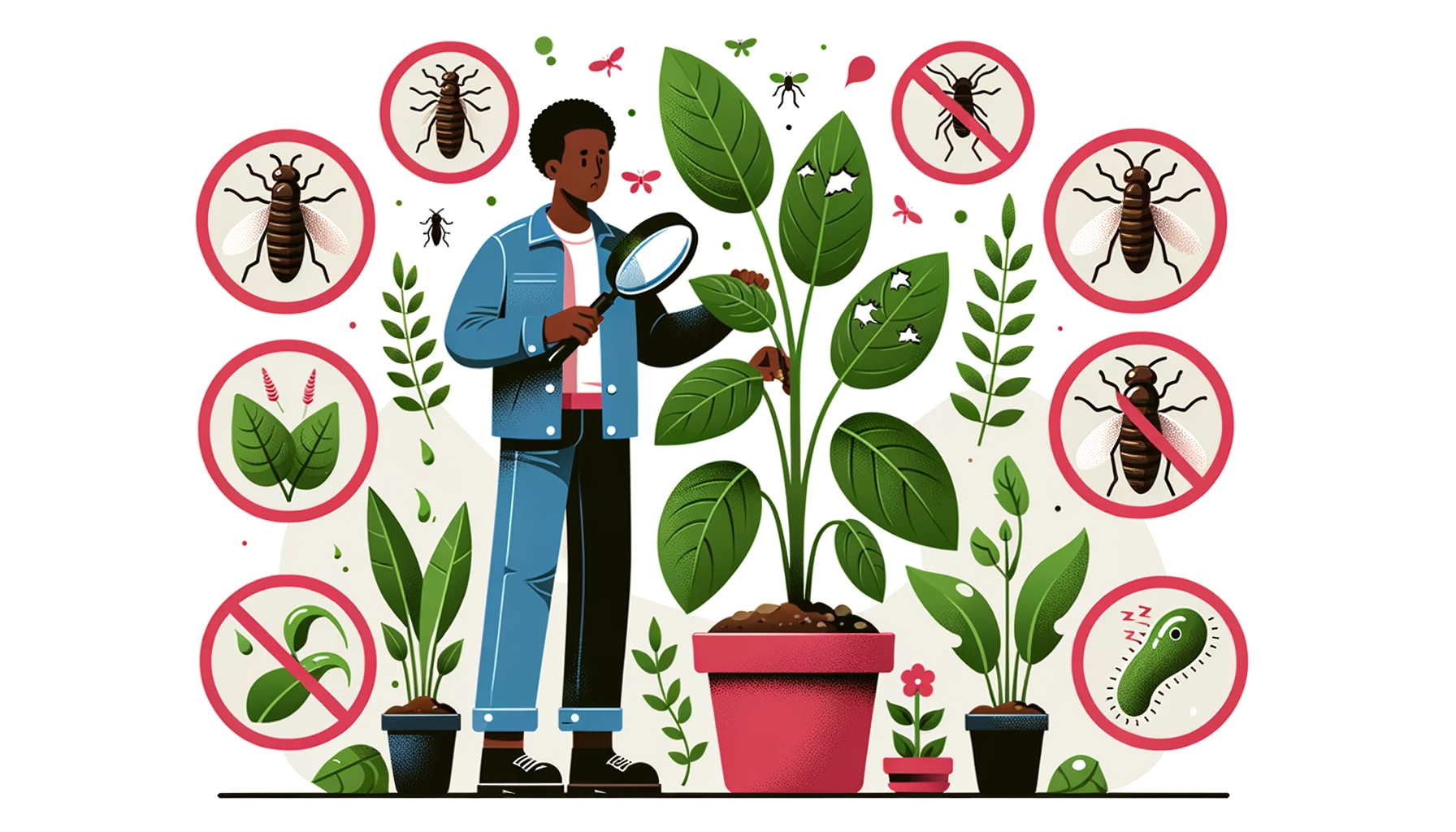
See also the list of rare indoor plants in 2023
Remove Excess Moisture
Gnats need moist soil to breed and lay their eggs. If your plant soil is constantly wet or saturated, it creates the perfect environment for gnats. Be sure that your plants are in well-draining pots with drainage holes at the bottom, and adjust your watering schedule to allow the soil to dry out a bit between waterings. You can check moisture levels by sticking your finger an inch into the soil – if it feels wet, hold off on watering. Drying out the top layer of soil will help eliminate gnat larvae and eggs.

See also the list of rare indoor tissue culture plants in 2023
Use Yellow Sticky Traps
Yellow sticky traps are an easy and effective way to catch adult gnats. The gnats are attracted to the bright color and get stuck on the adhesive. Place traps near plant soil, touching stems or leaves where you’ve seen gnats gathering. For quick control, use several traps per infested plant. Traps should be replaced once covered in gnats. While traps alone won’t fully solve the problem, they can help reduce adult gnat populations.

Apply a Layer of Sand or Gravel
Spreading a thin layer of sand, gravel, or small pebbles on the surface of potting soil can deter gnats from laying eggs. The coarse grains dry out the top of the soil while still allowing water to penetrate to plant roots. An added bonus is that it gives your plants a nice decorative touch! Just be sure the layer is only about 1/4 to 1/2 inch deep to avoid completely blocking water absorption.
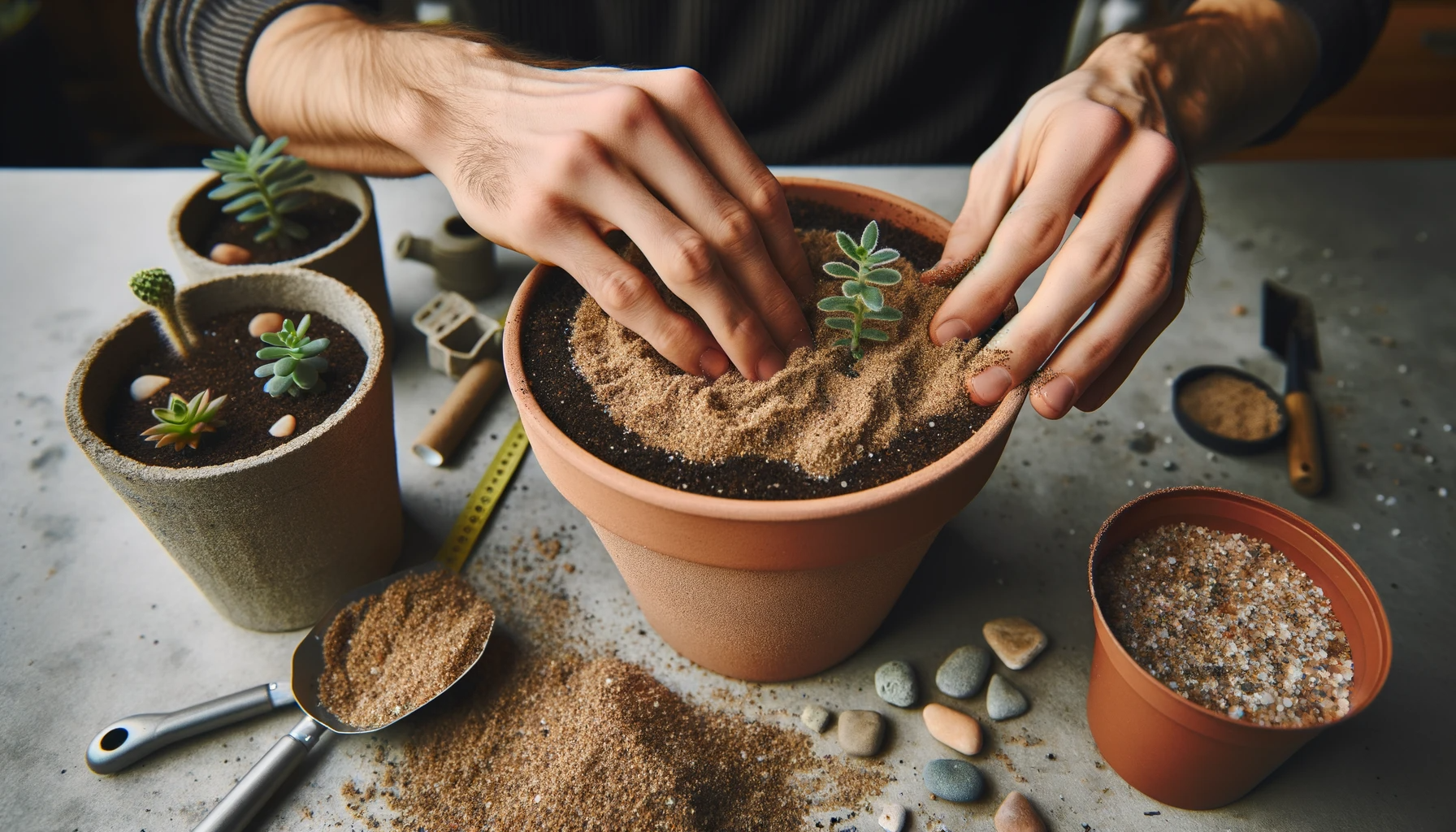
Use Neem Oil
Extracted from the neem tree, neem oil is a natural insecticide that can kill gnat larvae while also repelling adults. Mix a small amount of neem oil with water and use it to drench the top layer of your plant soil. You can also spray it directly onto leaves to prevent gnats from laying eggs. Repeat weekly until gnat populations have been eliminated. Just be aware that neem oil should not be used on edible plants.
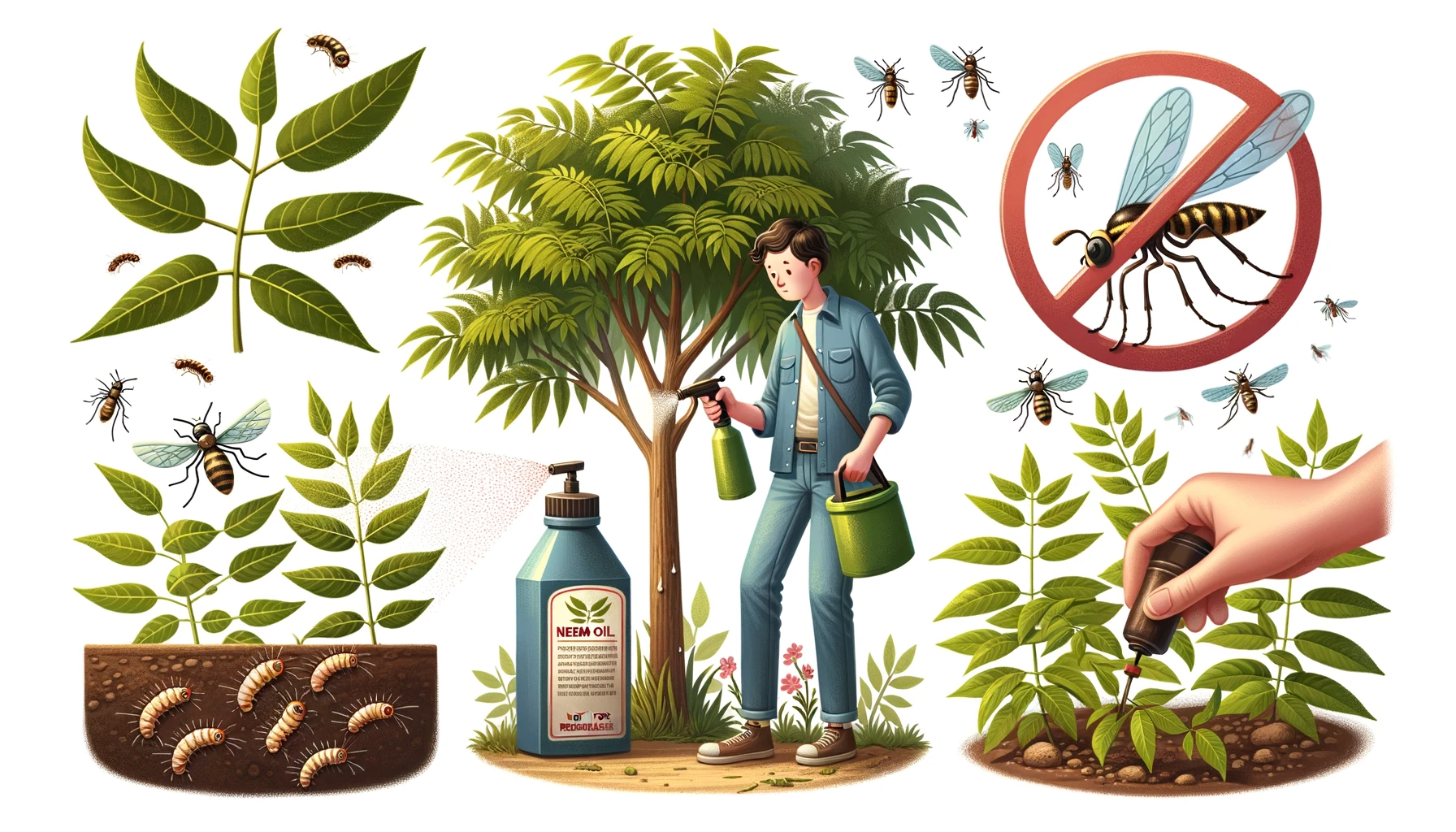
Set Out Traps With Apple Cider Vinegar
The smell of apple cider vinegar (ACV) attracts adult gnats looking for something to feed on. Fill a small bowl or cup with ACV and add a drop of dish soap to break the surface tension. Place these traps near plants to draw in and drown the gnats. For best results, refresh traps every couple of days as the vinegar scent weakens over time. The dish soap also helps trap the insects.
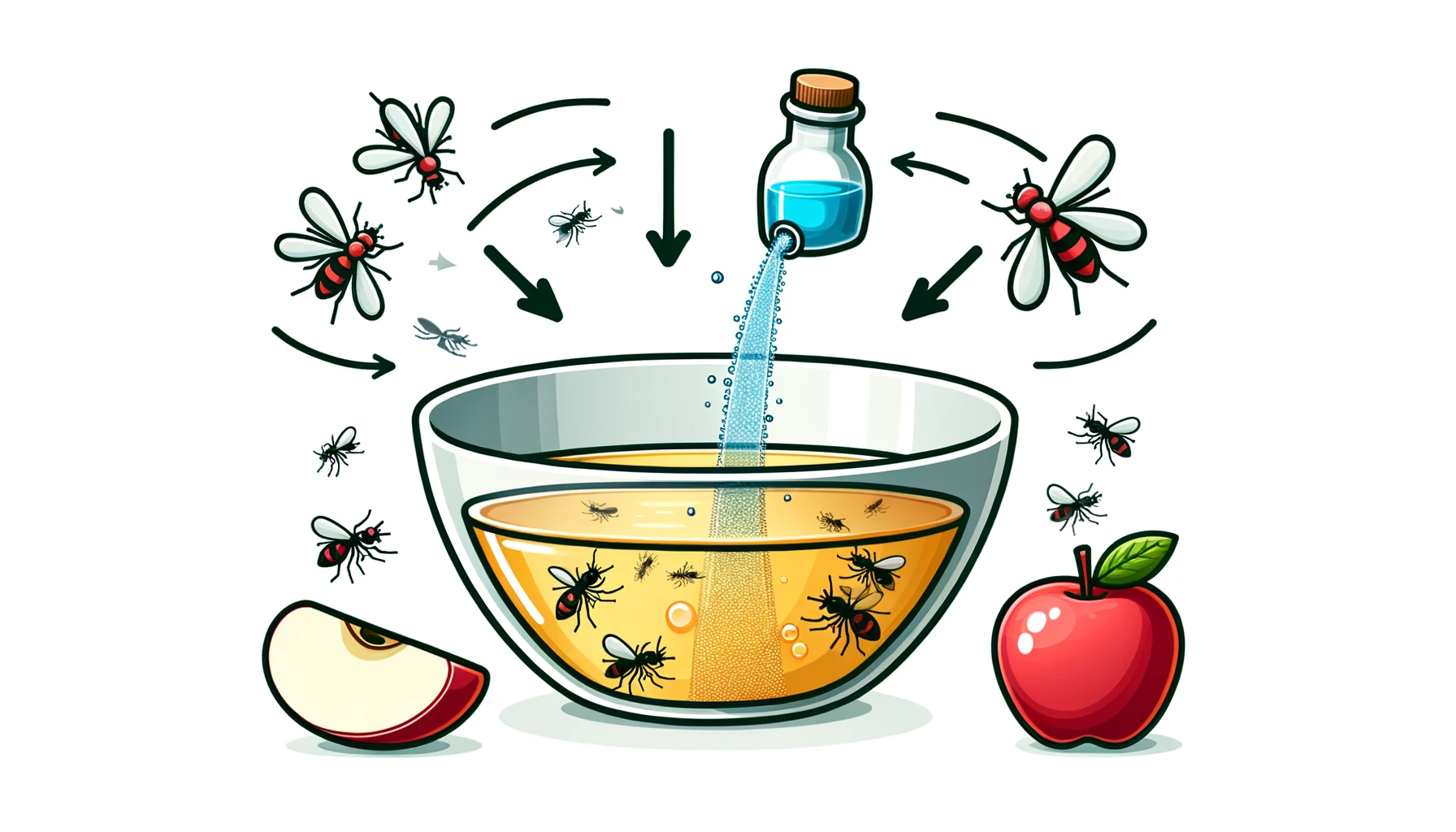
Remove Damaged Roots and Stems
Carefully inspect the roots and stems of infested plants for signs of rot or decay. Gnat larvae will feed on damaged plant tissue. Prune off any mushy or slimy roots as well as any stems that appear discolored or spoiled. This will eliminate gnat food sources and breeding grounds. Also remove any dead or dying leaves and dispose of them immediately.
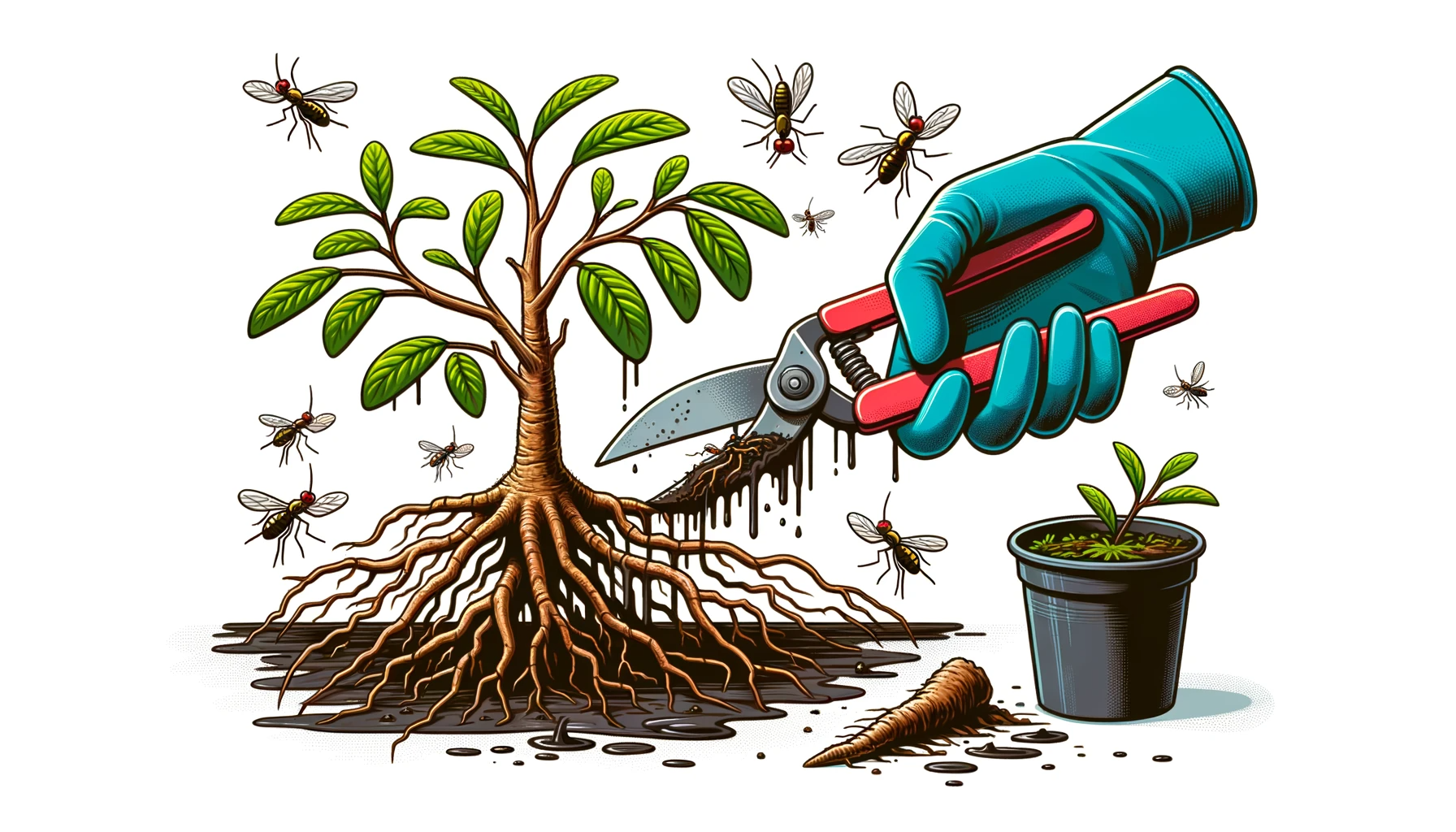
Use Beneficial Nematodes
Beneficial nematodes are tiny worms that prey on gnat larvae in soil while being harmless to plants. They can be purchased online or at garden centers. Follow package instructions and water them into the soil around plant roots. The nematodes will kill existing larvae and offer long term protection against future gnat infestations. They are a natural, non-toxic way to control gnats in potted plants.
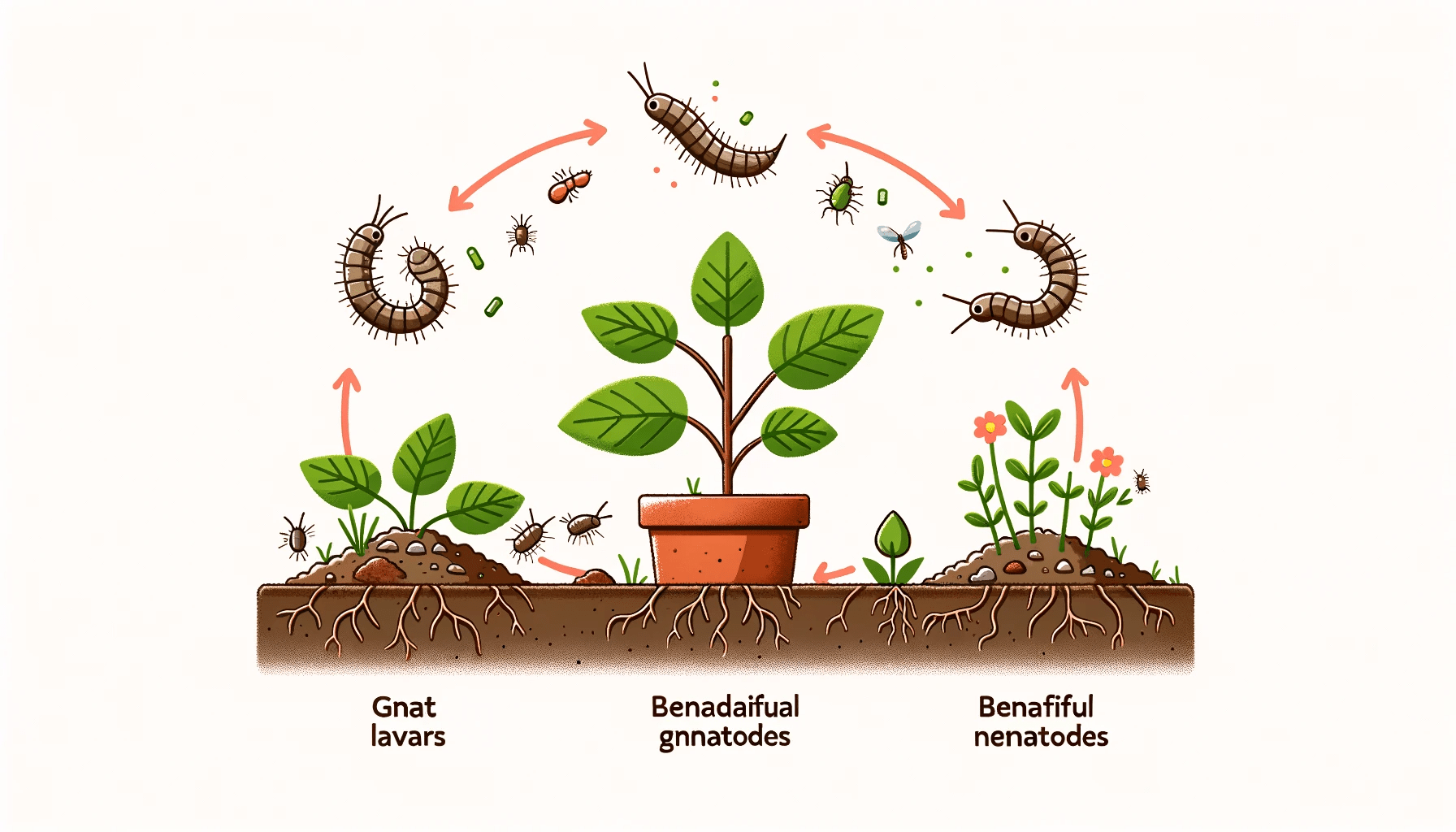
Allow Soil to Completely Dry Out
If you have a severe gnat infestation, you may need to fully dry out the top few inches of your plant soil to eliminate all larvae and eggs. Stop watering the plant and allow the soil to dry out completely. This creates an inhabitable environment for gnats. Be sure to water the plant again before permanent damage occurs. While stressful for the plant, sometimes a full dry out is needed to control major gnat issues.
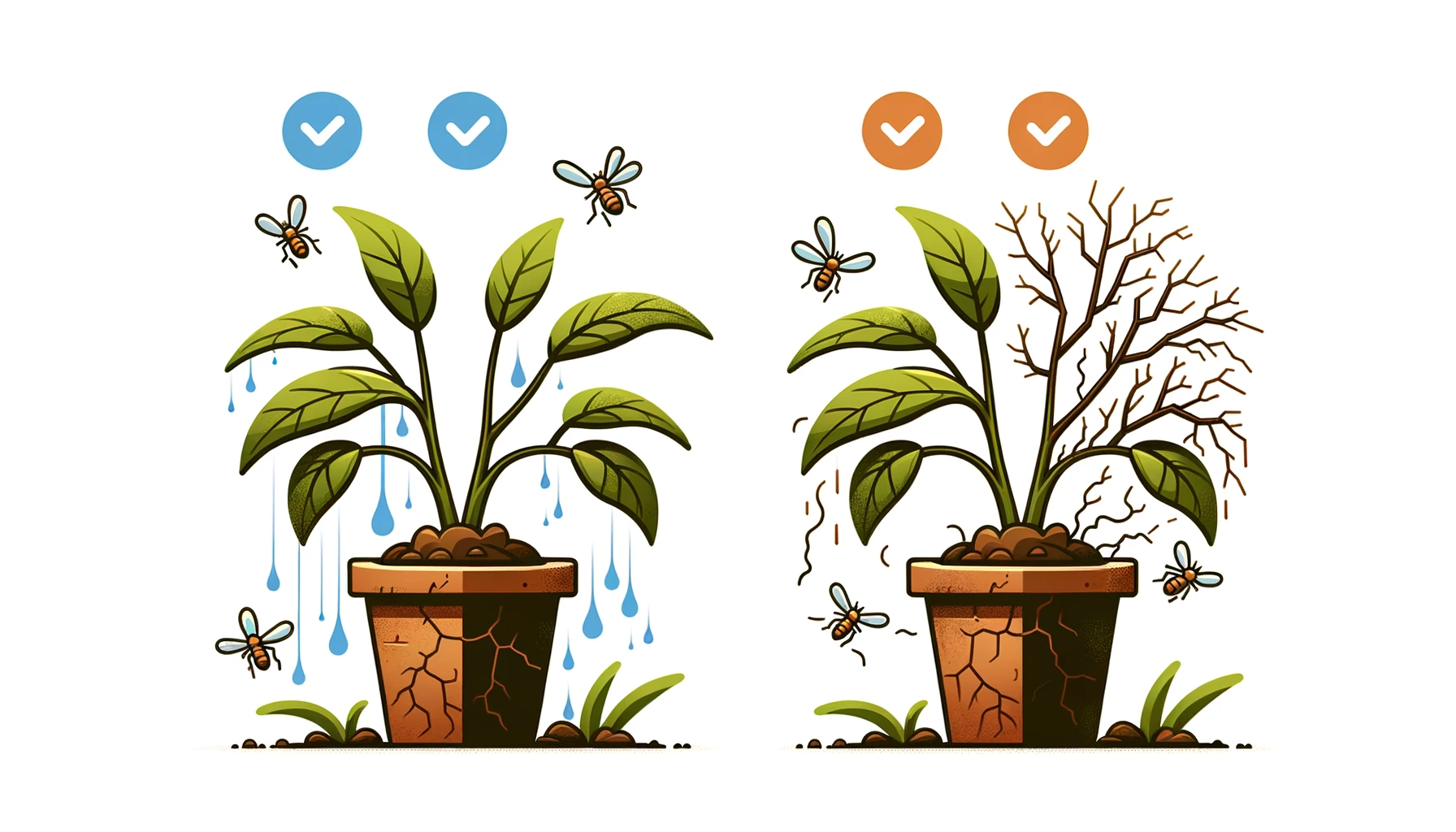
Getting rid of pesky gnats takes some persistence and diligence, but is very possible with consistent prevention and control methods. Sticking to a routine of inspection, moisture control, and targeted treatments will help you successfully eliminate gnats and keep them away in the future. With a few simple steps, you can get back to enjoying your beautiful indoor plants gnat-free.
Conclusion
Gnats can be a pesky problem for indoor plants, but with the right prevention and control methods, they can be eliminated. Regular inspections, proper moisture management, and targeted treatments are the key to controlling gnat infestations. Additionally, allowing the soil to completely dry out can be a helpful solution in severe cases. With consistency and persistence, you can say goodbye to gnats and enjoy your beautiful indoor plants again.


1 thought on “How to Get Rid of Indoor Plant Gnats – 9 Tips for Rodent Control”